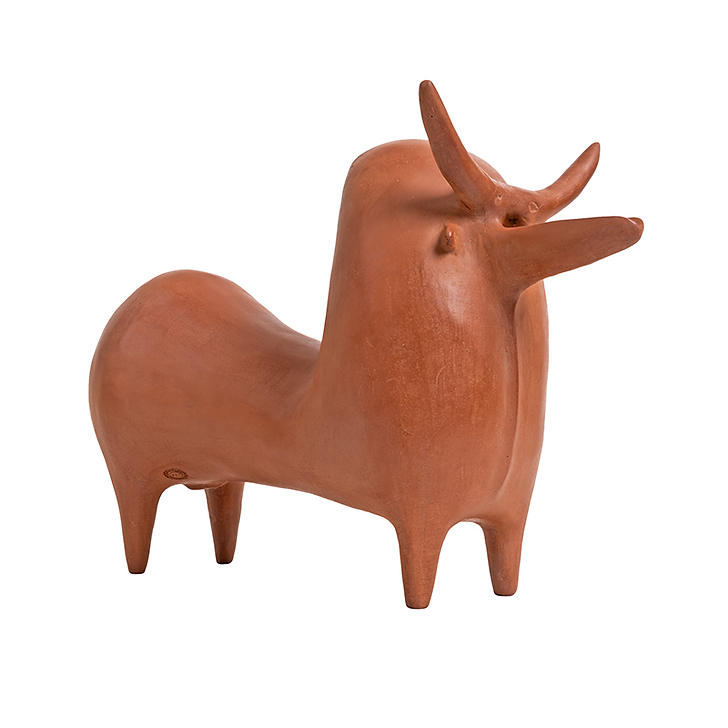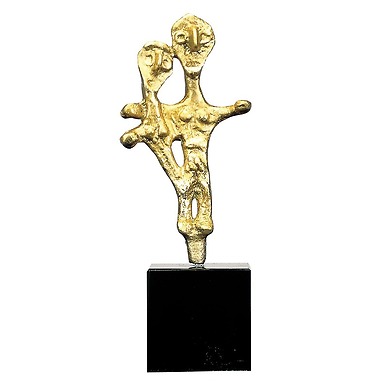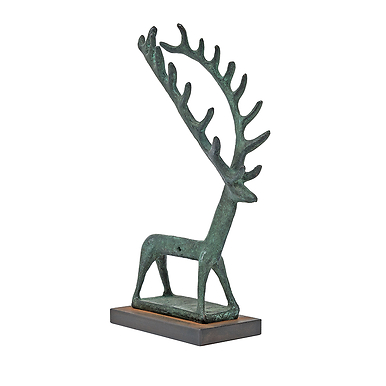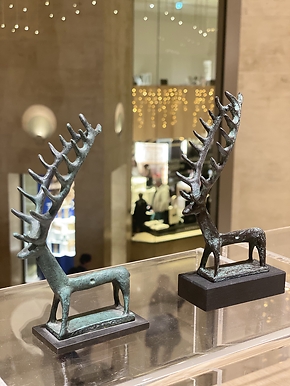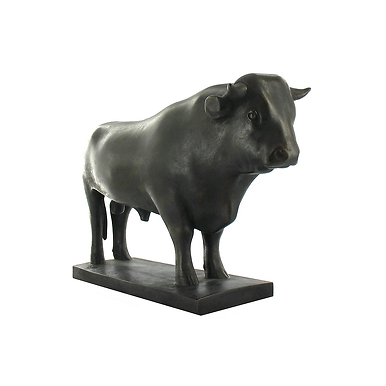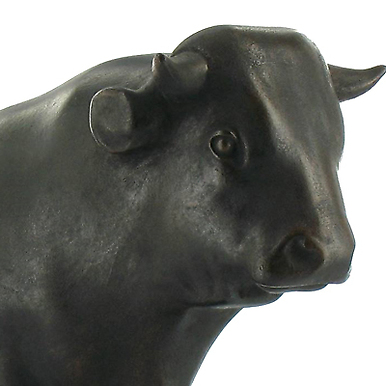Bull from Marlik
RA001020
Hand patinated resin reproduction on a marble base. Mold made from a print of the original work.
Towards the end of the second millennium, Iranians speaking and Indo-European language settled north of the plateau to which they eventually gave their name. Royal tombs were discovered at Marlik, not far...
Read more
Hand patinated resin reproduction on a marble base. Mold made from a print of the original work.
Towards the end of the second millennium, Iranians speaking and Indo-European language settled north of the plateau to which they eventually gave their name. Royal tombs were discovered at Marlik, not far from the village of Amlash.
While their silverware reflects numerous influences from ancient oriental civilisations, their terracotta objects were highly original. Used for funerary libations, they were often in the shape of animals, the most remarkable being the hump-backed bulls with a "beak" for the ritual pouring of water. These animal-shaped vessels were covered in a rich, lustrous slip that made these vases exceptionally beautiful.
Close
Login to see prices
Sold by GrandPalaisRmn

